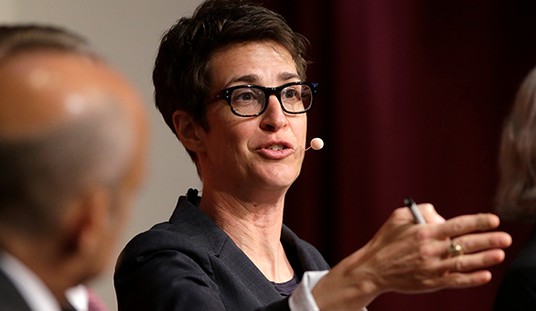Ever use the phrase “Robber Barons” to refer to the great capitalists who transformed America (to borrow lingo from Alvin Toffler’s “Wave Theory” from its First Wave agrarian-based economy to a Second Wave industrial powerhouse? Ever hear someone else use them? It’s a phrase that’s become synonymous with men like Jay Gould, Andrew Carnegie, J.P. Morgan, and John D. Rockefeller. Edward J. Renehan Jr., author of The Dark Genius of Wall Street explains its origins:
During the bleak days of the Depression, Matthew Josephson — at that time a self-proclaimed Marxist – published a biased and mistake-packed economic history of the Gilded Age. Josephson’s The Robber Barons: The Great American Capitalists, 1861 – 1901 hit bookstores in 1934. At the time — in the midst of massive unemployment, historically-high industrial malaise, and all the human suffering attendant to those realities — critics and pundits seemed eager to praise a book that damned Wall Street magnates, bankers, and millionaires generally. Thus Josephson’s treatise became an influential bestseller. Thus also did men such as Jay Gould, Andrew Carnegie, J.P. Morgan, and John D. Rockefeller — the industrialists, investors and entrepreneurs who defined their era — become robber barons. (The term was not one with which any of the moguls had been acquainted. Rockefeller — the last of them, destined to die in 1937 at the age of 97 — most likely never read Josephson’s book.) Through the following decades, Josephson’s volume became the bedrock for nearly all further considerations of the Gilded Age, forming the misguided track upon which several generations of scholars drove their trains.
Josephson was an unlikely Wall Street historian. Born in Brooklyn in 1899, he studied literature at Columbia University, graduating 1920. Immediately thereafter, Josephson and his bride, Hannah Geffen, went to Paris to join the then-thriving community of American expatriate writers. We find no hint of Josephson in Hemingway’s letters of the period, or in Hem’s memoir of those days, A Moveable Feast. Still, Josephson seems to have been somewhat prominent on the Left Bank, where he edited the literary magazine Broom (1922-1924), and wrote poetry and criticism for other small but respected journals. (Josephson chronicled these years in Life Among the Surrealists, published 1962.)
Josephson’s first two books were biographies: Zola and His Time (1928) and Jean-Jacques Rousseau (1932). By Josephson’s own account, his consideration of the muck-raking novelist Zola — whose fictions sought to document the plight of France’s underclass — is what that turned him toward his own personal exploration of “America’s vast history of economic injustice.”
In The Robber Barons, Josephson presented a quintessentially Marxian analysis of enterprise. Quoting Honore de Balzac’s catchy but baseless aphorism that “behind every great fortune lies a great crime,” Josephson painted Gilded Age capitalism simplistically as a zero-sum game where a dollar acquired by one person was necessarily one stolen from another. As Maury Klein has observed, Josephson was at heart “a moralist who cared less about the accuracy of the story than about the ideological message he saw in it.” In shaping his facts to backup his ideology, Josephson completely missed one elemental truth: The leading entrepreneurs of the Gilded Age were to the modern American economy what the founding fathers were to the Bill of Rights. These men built the infrastructure upon which the whole of their country’s 20th century prosperity was based. The Carnegies, Goulds, Rockefellers and Morgans created — and that is a key word here, created — capacity and jobs, thus enabling the rise of that most radical and democratic of things: a strong, stable, educated middle class. By being visionaries and taking business risks that served their own ends, the Gilded Age industrialists generated new wealth not only for themselves, but for their emerging nation-state.
During the forty years that followed the Civil War, the United States amazed European investors and observers with the speed at which it morphed from a relatively backward agricultural republic to the most powerful industrial nation on the face of the planet. During the “robber baron” years, the United States outstripped other nations by far when it came to growth in per capita income, industrial production, and rising values generally. As well, the Gilded Age saw, for the first time, full economic participation by numerous previously disenfranchised constituencies. But one has a hard time gleaning these facts from Josephson’s book, or from any of its numerous descendants.
That’s not entirely surprising, to be honest.










Join the conversation as a VIP Member